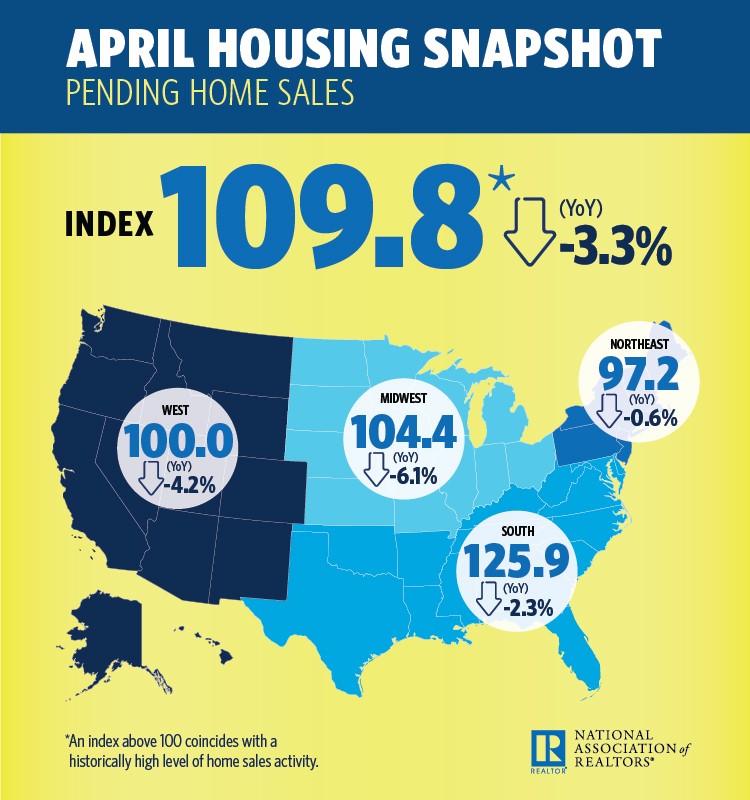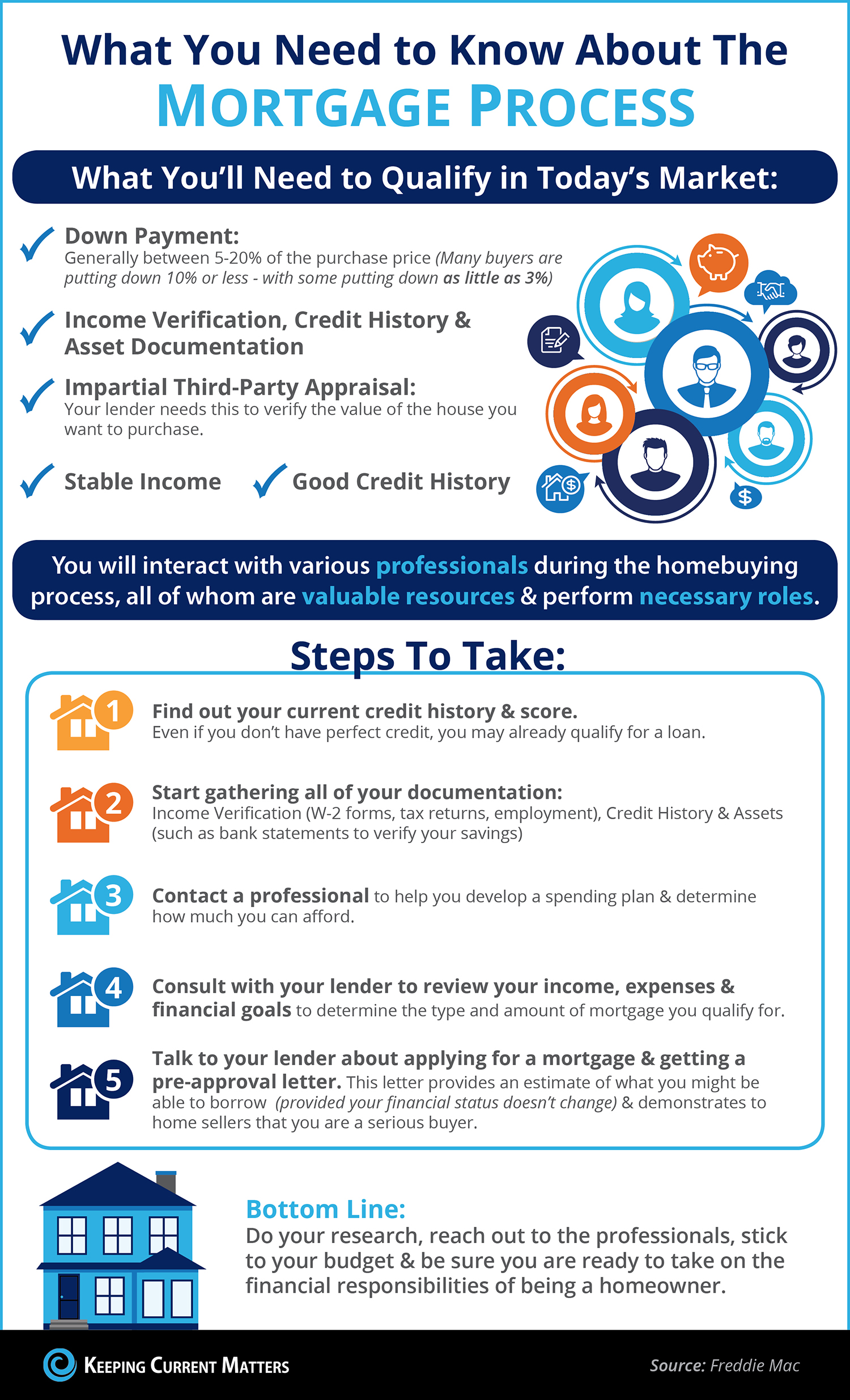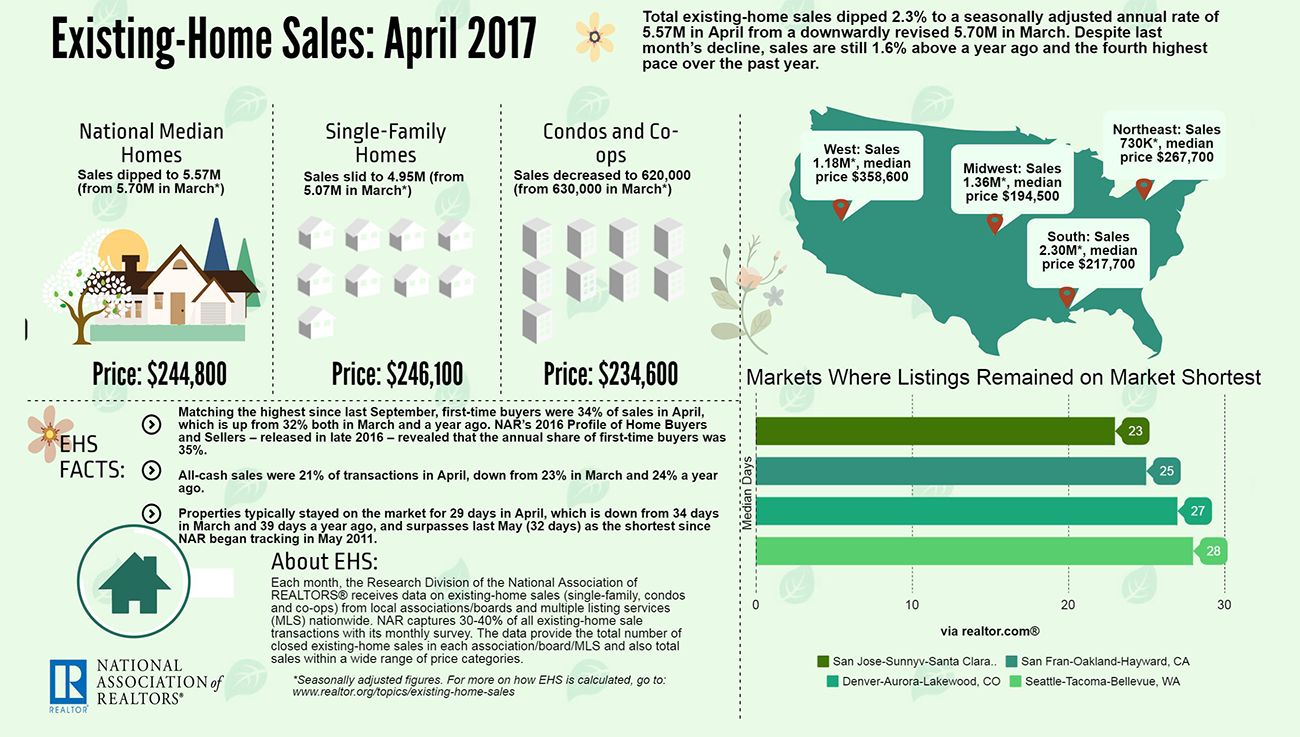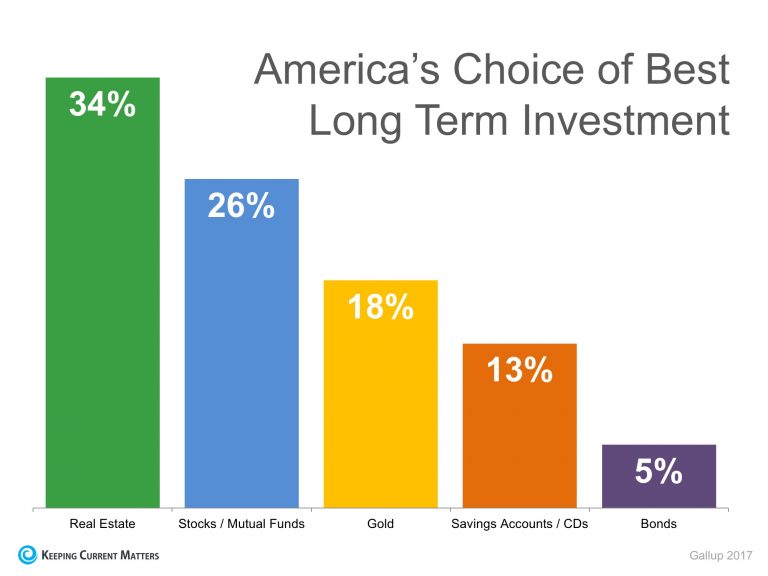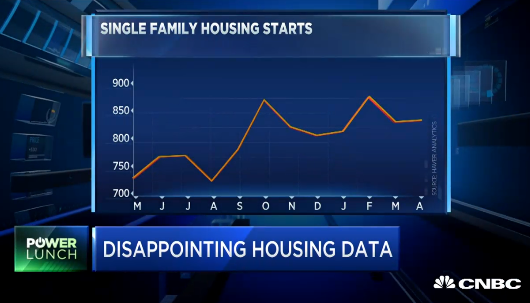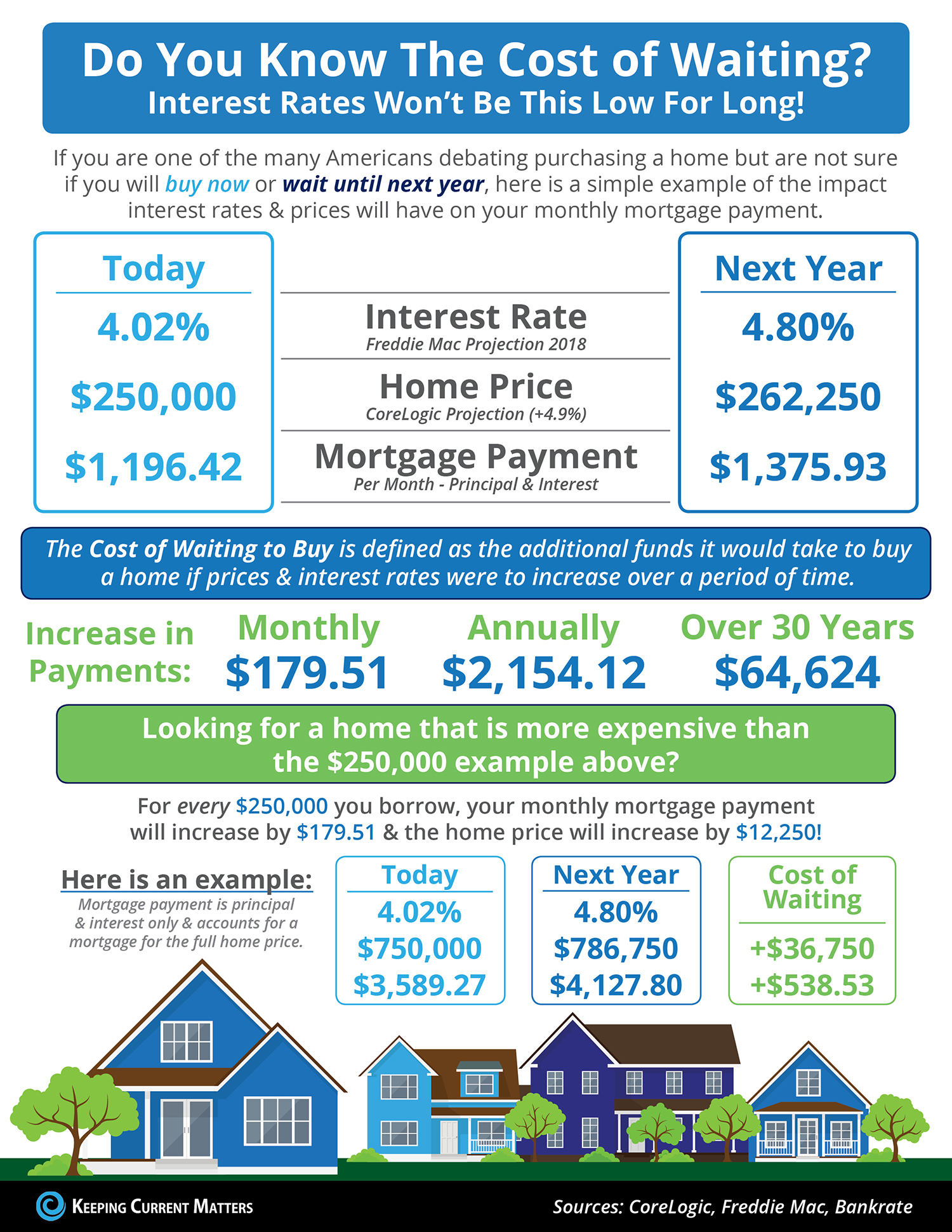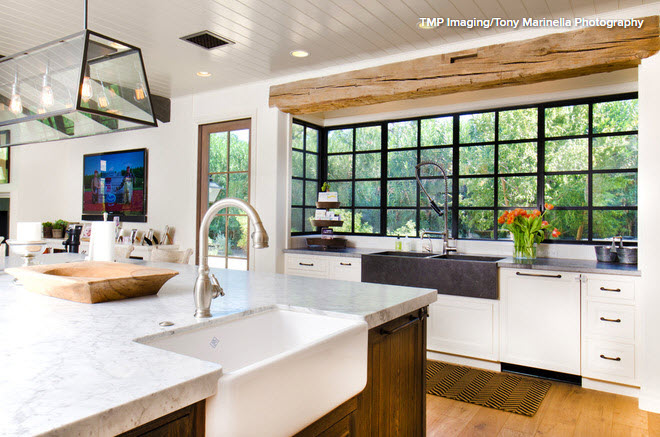 These big-picture questions can help you decide where to invest — and where to compromise — in your kitchen remodel
These big-picture questions can help you decide where to invest — and where to compromise — in your kitchen remodel
It would be great to have an unlimited budget for a kitchen renovation. But the fact is most of us do not. And that’s OK. Compromises of one form or another are part of the process, even for the rare homeowner who enjoys a bottomless budget and expansive square footage.
But how, exactly, do you decide between two compelling options with different pros and cons? The most critical tool to have on hand to help you make tough choices is a clear picture of your remodel goals. To get clarity on what matters most to you, read about some key trade-offs you’ll want to consider.
